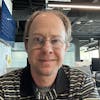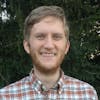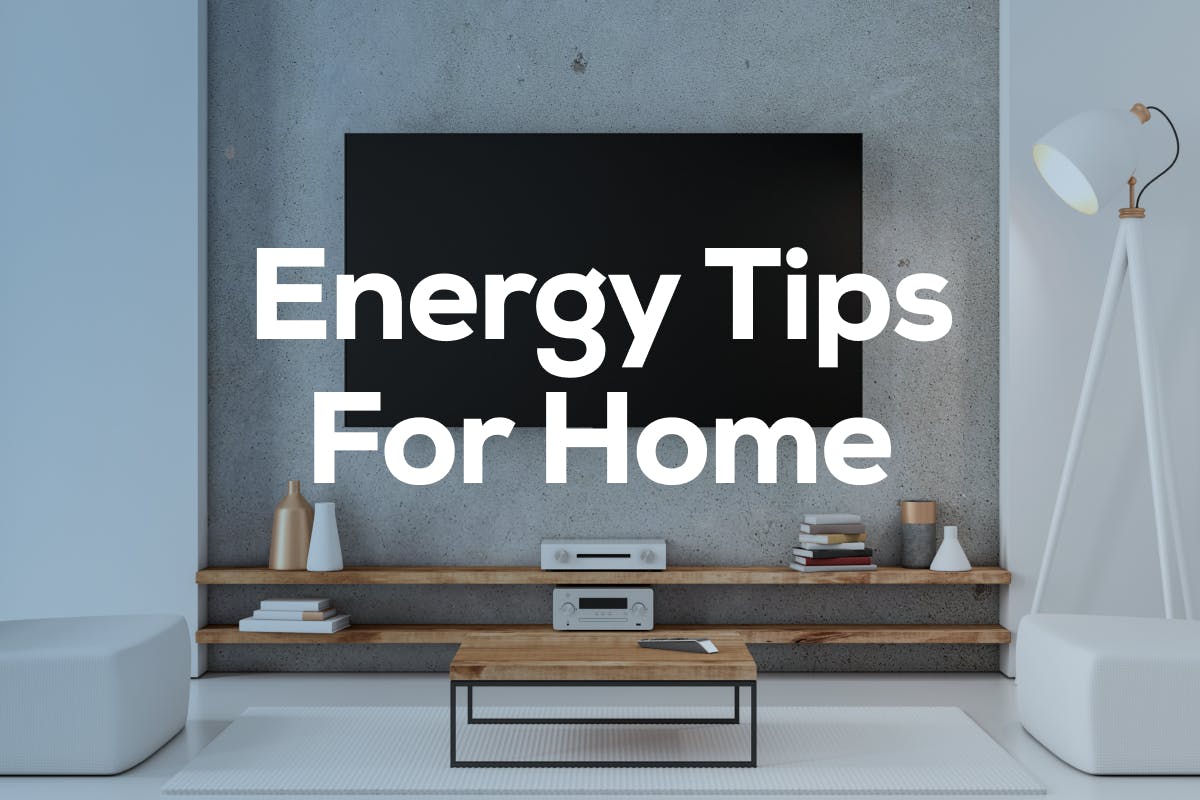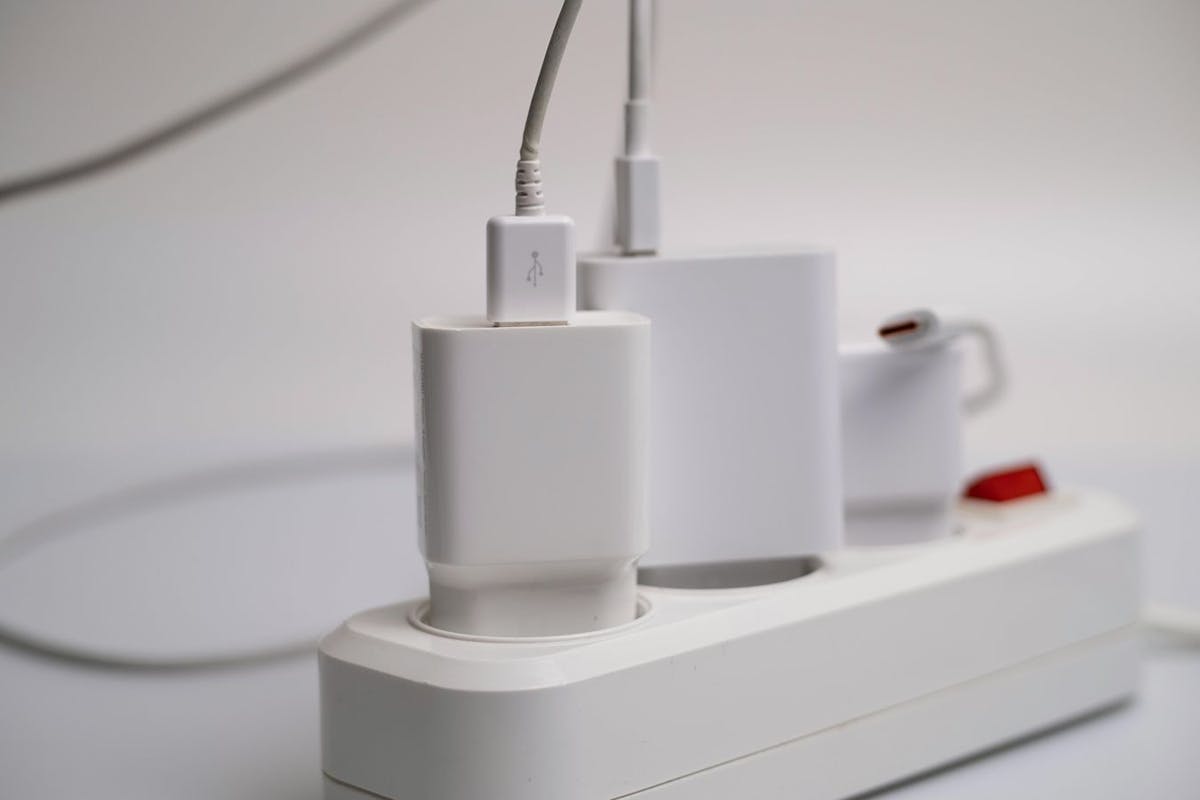Creating an Energy-Efficient Home: Room by Room
Last edited

Author
Andrew Giermak
Solar and Electrification Writer and Editor

Editor
Andrew Blok
Electrification and Solar Writer and Editor

You can make your home more energy efficient with a few simple steps at a time. You can also do it with a big renovation or a major upgrade. There’s no one way to get an energy-efficient home, but there are opportunities for efficiency in every room in your house.
It’s possible to save money by using less energy. Here’s a room-by-room guide to energy-saving ideas big and small.
See how much you can save with home energy changes
How to Create an Energy-Efficient Home
There are plenty of ways to use less energy and cut your energy bills. We’re going room by room here. But, there are some general practices that work all around the house.
- Keep heat where you want it to be
- Using scheduling/programming when possible
- Don’t leave things running
- Keep things clean
- Use water efficiently
Kitchen
Besides your home’s heating, ventilation, and air conditioning (HVAC) system, your kitchen is usually the room that uses the most electricity. It’s also a room that releases a lot of wasted energy, such as heat from your stove or oven, or cool air from your refrigerator. By developing an energy-efficient kitchen, you’re less likely to heat the rest of the home, which has the added benefit of helping to lower your air conditioning costs.
In the kitchen, a few smart practices with cooking and cleaning practices can save energy and even your time. Then, you can go all the way up to purchasing energy-efficienct appliances. But, you don’t need to do a full kitchen renovation. Look for Energy Star refrigerators, dishwashers, and stoves when the time comes to replace old appliances. It’s quite possible to get the neatest new features with better energy efficiency.
Here are a few more tips on how to make a more energy-efficient kitchen:
- Clean the condenser coils of your refrigerator
- Run full dishwasher loads
- Use the dishwasher instead of hand-washing
- Keep your fridge at least 3/4 full
- Don’t preheat the oven when it doesn’t make a difference
- Use glass or ceramic dishes in the oven
- Leave the oven door closed when cooking
- Use the right size cookware for your stovetop
- Use small appliances like a microwave for cooking when possible
- Unplug small appliances when not in use
- Install low-flow faucets
- Consider a new electric induction stove
Bathroom
Energy efficiency in the bathroom can be reduced to one basic concept: Use less water. Water by itself doesn’t take energy, but heating it does.
To create a more energy-efficient bathroom, look for ways to use hot water as efficiently as possible:
- Turn the water heater temperature down to 120 degrees
- Consider switching to an electric, heat pump, or tankless water heater
- Use the bathroom fan for only 10 minutes after a shower
- Turn off the water when brushing your teeth or shaving
- Unplug devices like hairdryers and curlers when not in use
- Install a low-flow showerhead
- Install a low-flow faucet
- Install a low-flow or dual-flush toilet
Bedroom
The top energy user in your bedroom is usually your home’s heating and cooling systems. By improving your bedroom’s airflow, especially when you’re sleeping, you will use less energy to keep the room at a comfortable temperature you enjoy.
Here are a few other ways to make a more energy-efficient bedroom:
- Install heavy curtains for the windows to better regulate temperatures
- Close the closet and bathroom doors
- Unplug electronics and limit vampire energy when not in use
- Invest in a mattress and bedding that supports your sleeping temperature preferences
See how much you can save with home energy changes
Laundry Room
Washing and drying clothes combines the energy usage of the bathroom with that of the kitchen. Your washer uses a lot of water, while your dryer can emit heat energy into the home. The goal is to find ways to reduce when and how you use these large appliances.
Like your kitchen, you don’t need to rush out and buy new appliances today just to save on energy costs. But when your old ones stop working, Energy Star models can improve your home’s overall energy efficiency.
Here are other ways to create an energy-efficient laundry room:
- Wash clothes in cold water whenever possible
- Wash and dry only full loads
- Consider a heat pump dryer
- Clean out the dryer lint trap with every load of laundry
- Do laundry during off-peak periods
- Use high-efficiency laundry products
Garage
Most people don’t think of their garage and making any energy changes. But, for starters, if your garage is connected to your home, you need to prevent outside air from entering your home through the door you use to walk inside the house.
Even if your garage isn’t attached to your home, you can still create an energy-efficient garage and reduce energy consumption by, for instance, adjusting your water heater:
- Turn down the water heater temperature to 120 degrees Fahrenheit
- Check the seal on the door connecting the garage to the house and replace it if cracked
- Check the seal between walls and the garage floor and seal it if cracked
- Check the seal between your garage door and the frame, including the floor, to prevent excess airflow
- Clean the condenser coils of your extra refrigerator or freezer
- Keep your garage freezer at least half-full
- Install an energy-efficient garage door
- Seal any cracks in the concrete
Yard
Yes, your yard can be a source of energy waste, and where you can improve your home’s energy efficiency. Optimizing your water usage is a great place to start, especially if you have a sprinkler system. Furthermore, planting vegetation in key places around your home provides essential shading that can help you reduce how much you use your HVAC during high-usage times of the year.
Here are a few other tips to create an energy-efficient yard:
- Water your yard only when necessary
- Water during the cooler parts of the day
- Look for lower-impact and native landscaping options
- Upgrade to an electric lawn mower
- Plant shade trees and bushes on the south and southwest of your home
- Plant windbreaks on the north and northwest of your home
General Home Tips
By taking active measures to reduce your heating, cooling, and lighting usage, you can improve the energy efficiency of your home.
When you use less energy around the house, that can lead to considerable savings on your home energy bills, so check out these cost-effective tips:
- Turn off the lights in unused rooms
- Use natural light when possible
- Open drapes and shades during the day in winter
- Close drapes and shades during the day in summer
- Keep vents clear
- Ensure your ceiling fans blow in the correct direction for the season
- Plug electronics into a shared power strip, and turn it off at night
- Use LED light bulbs
- Replace air filters regularly
- Install a programmable smart thermostat
- Use the right thermostat setting for the season
- Install Energy Star certified dimmer switches
- Create a lighting schedule with smart lights
- Get your HVAC system inspected at least once a year
- Get your chimney and fireplace inspected every fall
- Install the correct amount of insulation throughout the walls and ceilings
- Install energy-efficient windows
- Hire an energy auditor or do your own home energy audit
With this room-by-room guide to creating an energy-efficient home, we hope you’ve picked up a few easy ways to use less energy and save money, while still being comfortable and productive. You don’t have to change your whole routine to use less energy, but you can focus on one room at a time, decide on the goals you’d like to achieve, and then plan out a strategy to get there.
It’s possible to maximize energy savings, and how it helps your budget, by combining home solar power and steps toward home electrification. You can get started and learn more with our solar savings calculator and our home energy advisor.
See what home electrification can do for you:
Frequently Asked Questions
How do I increase the energy efficiency of my home?
There are many ways and tips for improving the energy efficiency of a home. Some of the basic, general ideas are keeping warm air in when you want it to be in and out when you want it to be out, using water, especially heated water, efficiently, and having efficient appliances and systems, such as an HVAC system.
Why is my house so energy inefficient?
There are also many ways and reasons for a home to be inefficient with energy usage. A few broad areas to check may be an older, inefficient heating or cooling system, a water heater turned to a higher temperature than what’s needed, poor insulation, drafty doors and windows, and unneeded energy usage while everyone’s asleep or out of the home.
Can home energy efficiency save you money?
Using less energy will mean lower utility bills. You may be using a significant amount of energy and money powering your home heating and cooling when no one is home. You may be able to do laundry in a more energy-efficient way, saving a bit of energy and money each time. Over hundreds of loads of laundry a year, this could add up to savings.


